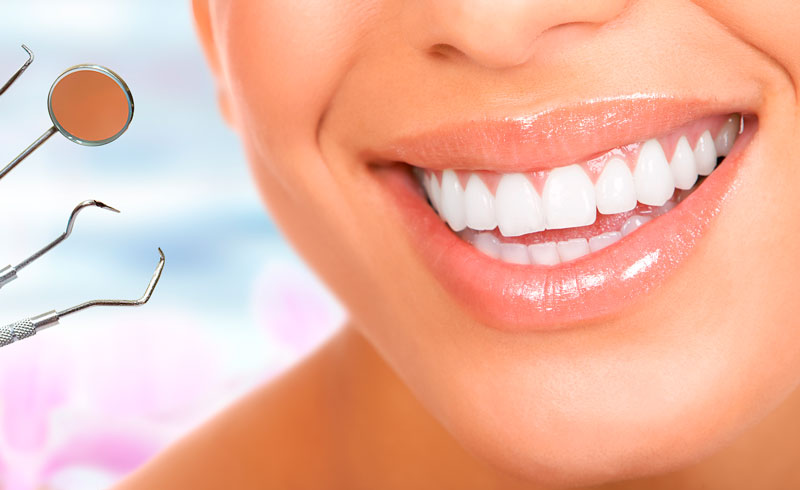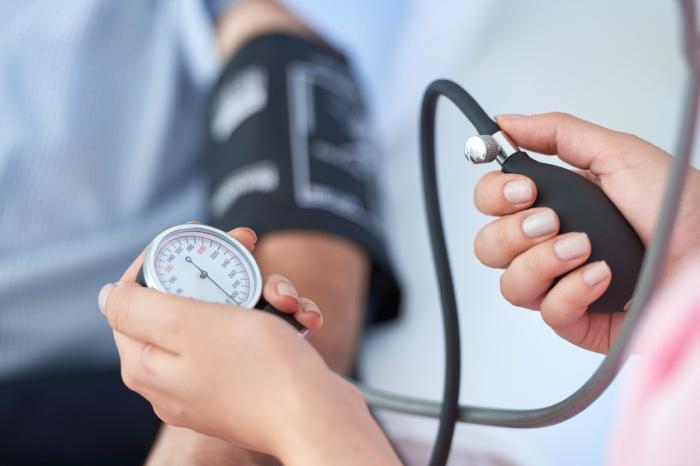What’s Neuromuscular Dentistry

The main element which sets neuromuscular dentistry aside from traditional dentistry is the fact that neuromuscular dentistry views the nerves and muscles and also the correct positioning from the jaw, whereas traditional dentistry concentrates on only the teeth and joints.
It makes sense a far more complete approach which could resolve painful conditions for example temporomandibular joint disorders and supply much more comfortable and more durable methods to other dental needs for example dentures and smile makeovers.
The teeth, joints, muscles, and nerves all interact within the proper alignment and functioning from the jaw. When any thing about this equation is overlooked painful conditions for example TMJ and heavy dental issues can be cultivated. Neuromuscular dentistry utilizes today’s technology to exactly determine the correct positioning from the jaw.
· Electromyography
Electromyography measures the electrical activity within the jaw muscles and also the jaw-to-skull relationship. This determines muscle tension once the jaw is within motion as well as in a relaxed position.
· Computerized Mandibular Scan
The mandibular scan precisely tracks all the motions from the jaw and the positioning of the jaw resting.
· Sonography
Sonography records all the sounds from the jaw although it moves. Clicks, pops, scraping, and grinding each one is sounds of imbalance (malocclusion).
TMJ/TMD
Probably the most existence-altering aftereffect of neuromuscular dentistry is being able to prevent, identify, and treat TMJ/TMD. A misaligned jaw has significant ramifications that may promote themselves as painful and debilitating signs and symptoms which appear to possess no relationship to dental issues. TMJ/TMD signs and symptoms include:
· Headaches (frequently misdiagnosed as migraines)
· Shoulder, neck, or back discomfort
· Numbness in arms and fingers
· Facial discomfort
· Jaw discomfort
· Clicking or popping jaw
· Clenching or grinding teeth
· Ringing ears (tinnitus)
· Congested ears
In treating TMJ/TMD a neuromuscular dental professional uses transcutaneous electrical neuromuscular stimulation (TENS). Laser hair removal functions just like a massage, relaxing your muscle mass, stopping spasms, and relieving discomfort.
Smile Makeover
A grin makeover addresses every aspect of your smile as well as your gums and teeth, and really should include proper jaw alignment. Neuromuscular dentistry helps to ensure that a grin makeover is finished and achieves not just the optimum functional dental benefits, however the cosmetic benefits too. Whenever your teeth and jaws interact correctly, your muscle mass are relaxed and also the effect may take years from the way you look. A misaligned bite can result in future damage, including chipped and damaged teeth, rapidly diminishing the outcomes of the smile makeover and requiring unnecessary painful and pricey dental work.
Dentures
Traditional dentistry depends on impressions to produce dentures. Using impressions alone can result in subtle imperfections and doesn’t produce a precise bite alignment. Neuromuscular dentistry eliminates most of the problems generally connected with dentures including difficulty eating and speaking, and may extend the amount of time the dentures will fit correctly before they ought to be replaced.
Neuromuscular dentistry is really a more complex, effective, and finish method of dental care than traditional dentistry. TMJ/TMD treatment can rapidly relieve existence-lengthy discomfort. Generally dentistry procedures the outcomes tend to be more accurate and lengthy-lasting. When put on cosmetic dentistry a far more beautiful look is possible.




